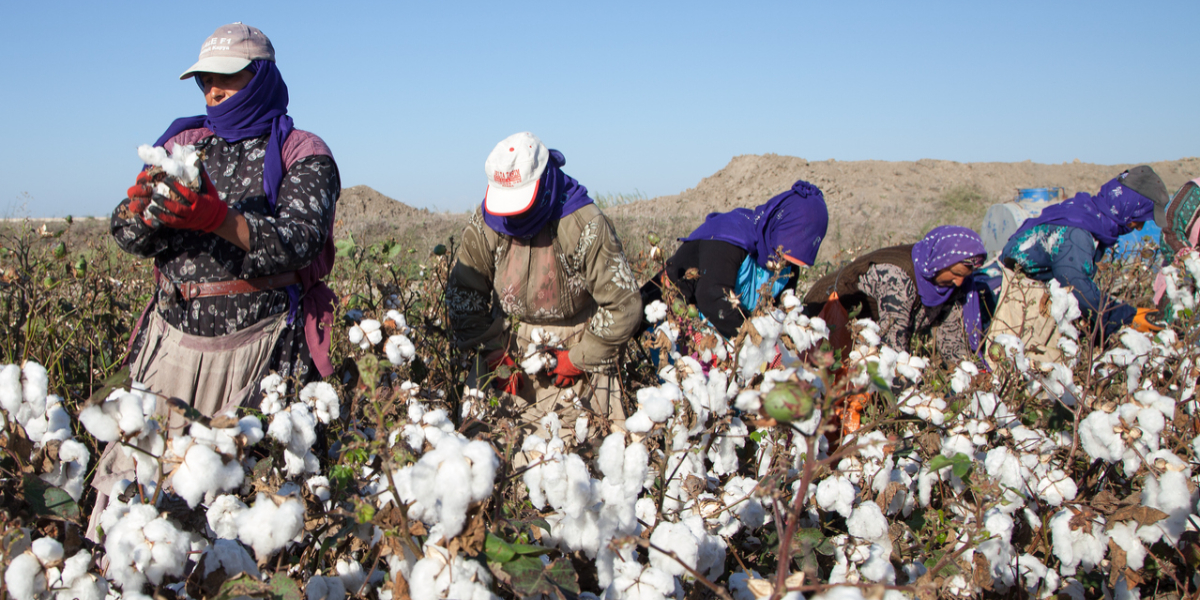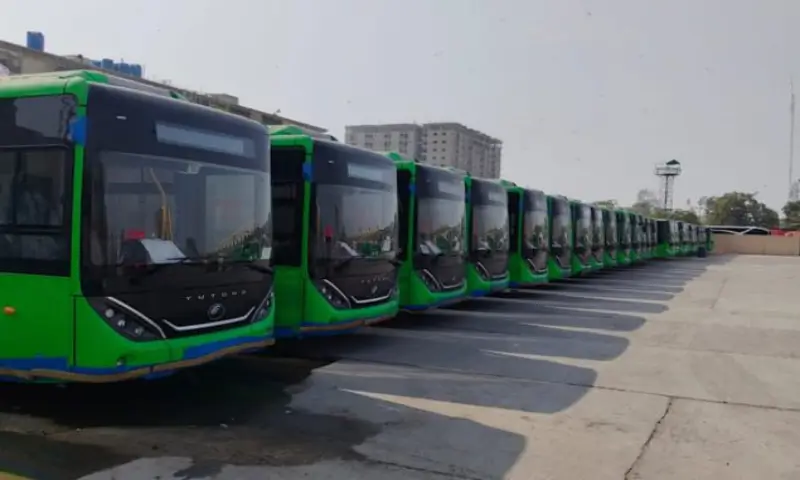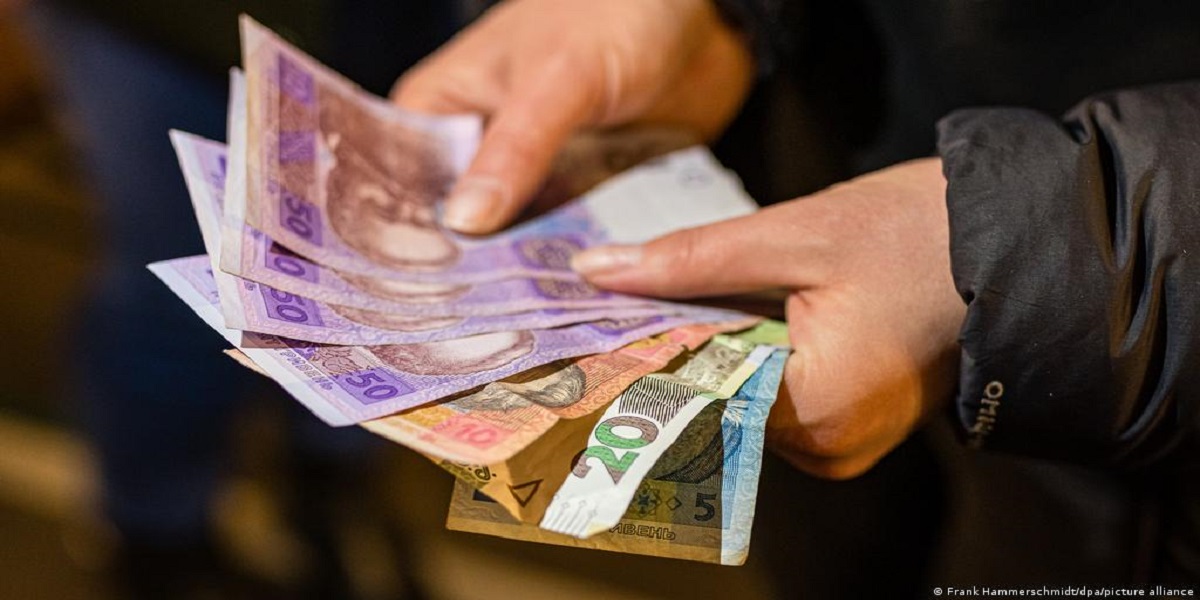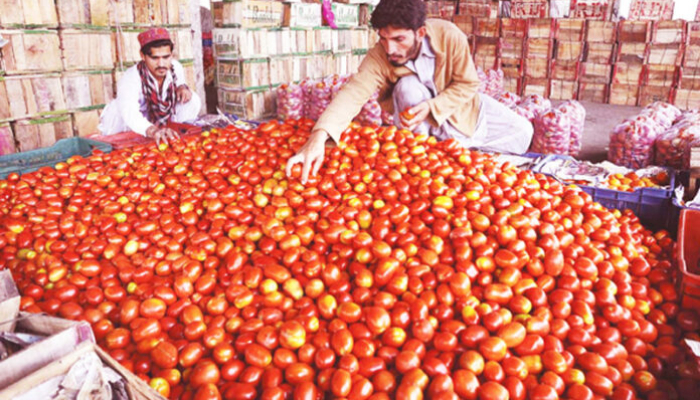KARACHI: The government has decided to provide incentives to farmers who move from the water-intensive sugarcane crop to cotton production in order to reduce reliance on cotton imports and increase textile exports in the face of a fast increasing trade deficit. In a recent cabinet meeting, Prime Minister Shehbaz Sharif was presented with a plan in this regard for review.
The cabinet was given a presentation on “Export performance, imports situation, and trade balance” by the Secretary of the Commerce Division.
During the meeting, cabinet members noted that agricultural commodities, which Pakistan used to be self-sufficient in, were now being imported to meet demand. They also pointed out that under the previous government’s time, Pakistan became a net importer of wheat.
Pakistan has been depending on cotton imports for many years, in addition to wheat, due to a considerable reduction in its crop.
One of the reasons is a dramatic increase in farming input costs, which has resulted in a reduction in the area sown with cotton. Farmers have also shifted to sugarcane farming, where they may earn higher rates.
Another cause is the government’s subsidies to fertiliser and textile manufacturers at the expense of the rural community, which has discouraged them from growing cotton.
Farmers have been compelled to pay higher costs for urea and Di-Ammonium Phosphate (DAP) despite the government subsidising gas supply to the business.
The price of DAP has surpassed Rs10,000 per bag, a new high in Pakistani history. The cabinet members stressed the importance of encouraging farmers to plant cotton because the crop’s output has been on the decline due to a lack of zoning and incentives, particularly an appealing indicative price.
Farmers have been more interested in growing sugarcane over time, but it is more water intensive, and its cultivation is not sustainable in a country with limited water resources like Pakistan.
The proposed incentive package will result in an increase in cotton growing area, which will not only reduce imports but also assist Pakistan’s textile exports.
Furthermore, switching from sugarcane to cotton will allow farmers to reap the benefits of cultivating wheat in the remaining season, increasing the yield of the staple crop.
Cabinet members advised that a committee be formed to finalise the incentive package suggestions. The cabinet constituted a committee after hearing the secretary of the Commerce Division’s presentation.
The new group was entrusted with identifying immediate and medium-term solutions to help farmers transition from sugarcane to cotton plantation. The goal is to reduce cotton imports, address water scarcity, and increase textile exports.
The committee will also look into the planting area, taking into account cropping patterns/zoning, price signals/indicative price policy, and the relationship between agricultural, industrial, and export development policies.
The committee will be chaired by the minister of national food security and research, with members including the ministers of commerce, industries and production, national food security secretary, Commerce Division secretary, and Industries and Production Division secretary.
The cabinet will receive the committee’s recommendations. The committee will be notified, and the National Food Security and Research Division will provide secretarial support.
In his speech, the commerce secretary highlighted the country’s export and import patterns, as well as the factors that contributed to export growth.
Business facilitation, a realistic currency rate to encourage exports, tariff rationalisation, and regionally competitive energy pricing were among the considerations.
The increase in exports was aided by the early reopening of the economy following Covid-related lockdowns and the continuing of exporting industries’ activities during various Covid limitations.
Other elements, such as market access measures, liquidity support, and cash flow improvement, also contributed to the exports’ success.
In 2021, banks disbursed Rs1,170 billion under the State Bank of Pakistan’s low-cost financing schemes for exporters and businesses (Export Finance Scheme – Rs992 billion, Long-Term Financing Facility – Rs55 billion, and Temporary Economic Refinancing Facility – Rs123 billion). Customs duty drawback, on the other hand, was estimated to be Rs32 billion in 2019-20 and Rs23 billion in 2020-21.





















